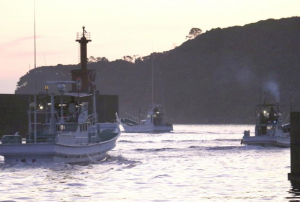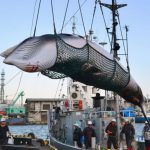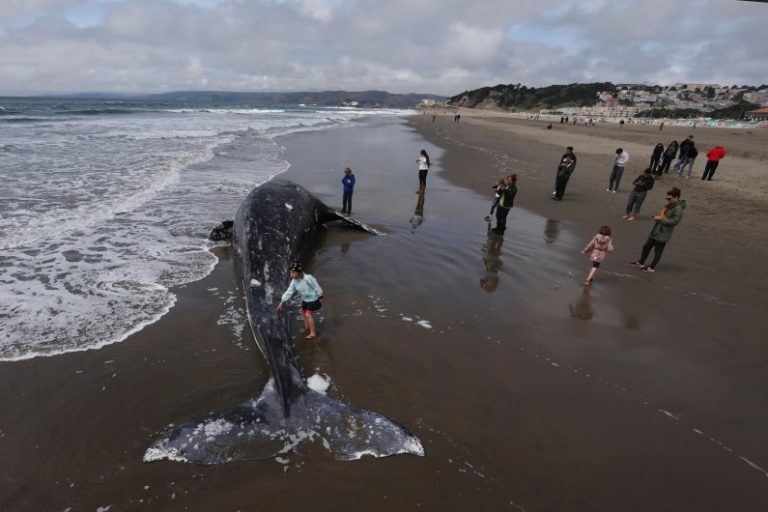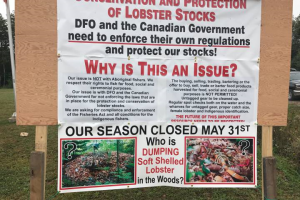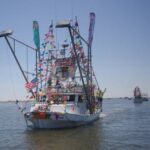Federal government protects overabundant seal population over fish stocks
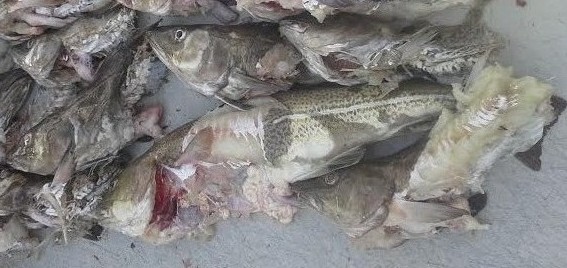 MONCTON, NB – Fish harvesters attending the Gulf Groundfish Advisory Committee this week in Moncton are expressing their frustrations and disbelief over the federal government’s refusal to protect groundfish stocks by controlling the grey seal population.
MONCTON, NB – Fish harvesters attending the Gulf Groundfish Advisory Committee this week in Moncton are expressing their frustrations and disbelief over the federal government’s refusal to protect groundfish stocks by controlling the grey seal population.
Many species of groundfish will be unable to adequately recover without proper management of the grey seal population. The effect of grey seals on fish populations has been confirmed by scientists, yet the Department of Fisheries and Oceans (DFO) has not taken adequate action to address this problem.
An increased harvest of grey seals would aid in allowing groundfish species to rebound, thereby creating new economic opportunities for thousands of families in Eastern Canada.
DFO successfully implemented seal control programs until the 1980’s, and have since commissioned studies to find solutions to grey seal overpopulation. Most recently, the parliamentary Standing Committee on Fisheries and Oceans recommended that the government “make every effort to control the seal population through a sustainable and responsible harvest to ensure the seal populations do not prevent the northern cod stock from replenishing in the future.”
Yet to date, and despite the repeated efforts of sealers’ associations, the government has done nothing to control grey seals in the Atlantic and very little to publicly defend this vital and sustainable economic activity. Conversely, DFO recently raised the possibility of reducing total seal catches from 60,000 to 4,500 individuals in the Gulf.
“Despite all the empirical and scientific evidence, DFO is sitting idle. The government has prioritized an overabundant seal population over the protection of rebounding fish stocks and a potentially vibrant economic industry for coastal communities,” says David Decker, FFAW-Unifor Secretary Treasurer. “Coastal communities depend on healthy ecosystems for survival,” Decker added.
“It is high time the government took responsibility for its decisions. One of the solutions has been clearly identified time and time again, yet they still do nothing. Managed properly, coastal communities have the opportunity to benefit from both the seal harvest and a groundfish fishery. Now is the time for action,” says Ghislain Cyr, Vice-President of the Magdalen Single Scallop and Longline Group (RPPUM).
The grey seal population in Atlantic Canada has increased from approximately 10,000 animals in 1960 to approximately 505,000 in 2014. Moreover, it is estimated that each individual grey seal required 1-2 tonnes of prey annually, which could amount to more than 1 million tonnes of prey each year. Grey seal predation is considered to be a key factor in high natural mortality of many groundfish species, including northern cod.
This joint press release is supported by:
– Fish Food and Allied Workers (FFAW-Unifor)
– Regroupement des pétoncliers et palangriers uniques Madelinots
– North of Smokey Fishermen Association
– Prince Edward Island Groundfish Association
– Association des capitaine-propriétaire de la Gaspésie
– Associations des pêcheurs de poissons de fond Acadien (APPFA inc.)
– Union des pêcheurs des Maritimes
– Fédération régionale acadienne des pêcheurs professionnels
– Association des Pêcheurs de la Basse Côte-Nord
– Regroupement des pêcheurs professionnels du Nord de la Gaspésie
– Office des pêcheurs de flétan du Groenland du Québec
– Association de gestion halieutique autochtone Mi’gmaq et Malécite (AGHAMM)
– Intra-Québec Sealers Association
– Atlantic Seal Management Office
– Regroupement des pêcheurs professionnels des Iles de la Madeleine
– Fédération des pêcheurs semi-hauturiers du Québec
Media Inquiries :
Gil Thériault
Livelihood International
Courtney Glode
FFAW-Unifor



































